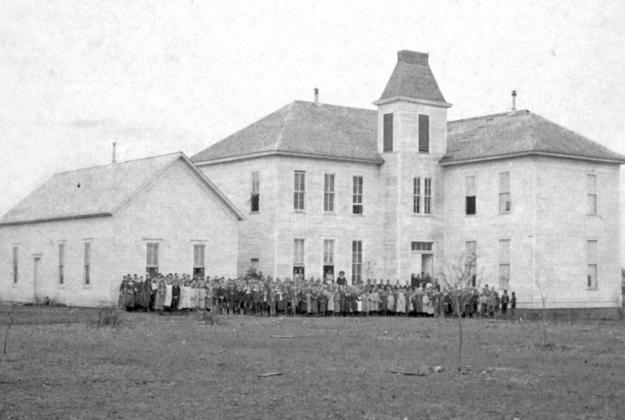Dublin has had some exceptional football teams over the years. People will often remember football games from the past or special plays.
The same thing went on with Walter Hamilton and Sammy Strong back in 1964 recalling Dublin’s first football team in 1898. Football was just beginning to be popular among schools in North Texas. According to Mac McKinnon, Dublin’s school played in one of the first football leagues created in Texas.
John Oats was the only player on the 1898 team that could kick the football over the school building. At that time, the school was a two story wood frame building.
They recalled one of the memorable games when the team went to Hico. The transportation was insufficient to carry the whole team so two had to stay home. The Dublin team had to recruit two players at Hico to round out their eleven. When you love the game, does it matter where the players come from?
Oscar Sensabaugh Sr. was the coach of the team. His son Oscar Sensabaugh Jr. played quarterback.
The first team was working under Superintendent I. E. Hall and Principal Lee O’Brien. Thurman Higginbotham played right guard, Grover Cline was right tackle. Other members who played in the first season were Shorty Morgan, left end; Lee O’Brien, left tackle; James Jackson, left guard; Alec Bateman, center; James Frazier, right end; Kripper Whitten, left halfback; Jim Halcomb, right halfback. (Dublin Progress, November 19, 1964)

